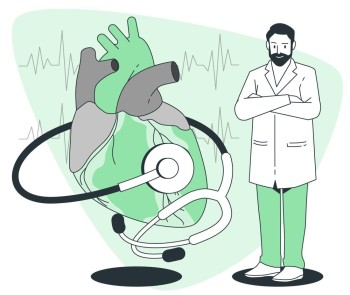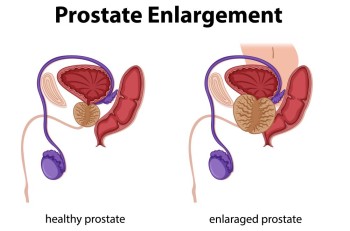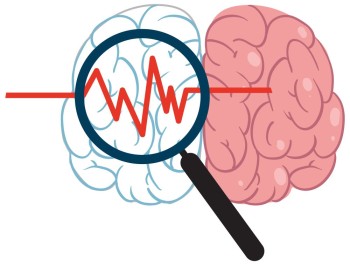
Embark on a detailed exploration of MRI Brachial Plexus Imaging, a cutting-edge diagnostic tool offering intricate insights into the complex network of nerves.
MRI Brachial
Plexus with Cost
MRI Brachial
Plexus Imaging: Unveiling Nervous System Marvels
Embark on a detailed exploration of MRI Brachial Plexus Imaging, a cutting-edge diagnostic tool offering intricate insights into the complex network of nerves. This comprehensive guide covers the anatomy of the brachial plexus, the procedure's significance, and its role in diagnosing various conditions affecting this crucial neural pathway.
1. Introduction
The brachial plexus, a network of nerves in the shoulder region, plays a pivotal role in controlling the movements and sensations of the upper limbs. MRI Brachial Plexus Imaging emerges as a crucial diagnostic technique, offering a non-invasive window into its intricate anatomy.
2. Significance of MRI in Brachial Plexus Imaging
2.1. Anatomy of the Brachial Plexus
Understanding the intricate anatomy of the brachial plexus is essential for grasping the diagnostic capabilities of MRI. This imaging modality allows for precise visualization of nerves, roots, trunks, divisions, and cords that constitute the brachial plexus.
2.2. Clinical Importance
The clinical importance of MRI Brachial Plexus Imaging extends to identifying and evaluating various conditions affecting this neural network. From nerve injuries to tumors, MRI plays a pivotal role in providing detailed diagnostic information.
3. Procedure of MRI Brachial Plexus
3.1. Patient Preparation
Patients undergoing MRI Brachial Plexus Imaging need to adhere to specific preparation guidelines, ensuring optimal imaging quality. This may involve removing metallic objects and communicating any relevant medical history.
3.2. Imaging Process
The imaging process involves the patient lying down in the MRI machine, where advanced sequences capture detailed images of the brachial plexus. Different MRI sequences may be employed for a comprehensive evaluation.
3.3. Types of MRI Sequences Used
Various MRI sequences, including T1-weighted and T2-weighted imaging, enhance the visualization of different structures within the brachial plexus, aiding in the diagnosis of various conditions.
4. Advantages of MRI Brachial Plexus Imaging
4.1. High Soft Tissue Resolution
MRI's superior soft tissue resolution is particularly advantageous in brachial plexus imaging, allowing for detailed visualization of nerves and surrounding structures.
4.2. Non-Invasiveness
One of the primary advantages of MRI Brachial Plexus Imaging lies in its non-invasive nature, eliminating the need for invasive procedures while providing detailed neural images.
4.3. Comprehensive Evaluation
MRI Brachial Plexus Imaging enables a comprehensive evaluation of the entire brachial plexus, offering a holistic view of potential nerve-related issues.
5. Common Conditions Diagnosed by MRI Brachial Plexus Imaging
5.1. Nerve Injuries
MRI excels in diagnosing nerve injuries within the brachial plexus, providing essential information for treatment planning.
5.2. Tumors and Masses
The imaging modality is effective in detecting tumors and masses affecting the brachial plexus, aiding in prompt intervention.
5.3. Thoracic Outlet Syndrome
MRI Brachial Plexus Imaging is instrumental in diagnosing thoracic outlet syndrome, a condition characterized by compression of nerves and blood vessels in the shoulder region.
6. Preparing for MRI Brachial Plexus Imaging
6.1. Communicating with Healthcare Providers
Clear communication with healthcare providers regarding existing health conditions, medications, and concerns is essential for a seamless imaging experience.
6.2. Relaxation Techniques
Patients may benefit from relaxation techniques to ease any anxiety associated with the MRI procedure.
7. Post-Procedure Care and Follow-up
7.1. Recovery Time
Recovery after MRI Brachial Plexus Imaging is typically swift, allowing patients to resume normal activities shortly after the procedure.
7.2. Discussion of Results
Healthcare providers discuss the results with patients, providing clarity on identified neural issues and outlining recommended courses of action.
8. Comparison with Other Imaging Techniques
8.1. CT Scan vs. MRI Brachial Plexus Imaging
Comparing MRI with CT scans emphasizes the advantages of MRI, particularly in terms of superior soft tissue contrast and detailed neural visualization.
8.2. Ultrasound vs. MRI
While ultrasound is a valuable tool, MRI Brachial Plexus Imaging offers a more comprehensive assessment of neural structures.
9. Future Developments in Brachial Plexus Imaging
9.1. Emerging Technologies
Ongoing research focuses on integrating emerging technologies, such as advanced contrast agents and imaging sequences, to enhance the capabilities of MRI Brachial Plexus Imaging.
9.2. Research Focus Areas
Researchers continue to explore new avenues in brachial plexus imaging, aiming to refine diagnostic accuracy and expand its applications.
10. Real-Life Patient Experiences
10.1. Testimonials and Case Studies
Real-life patient experiences underscore the effectiveness of MRI Brachial Plexus Imaging in timely and accurate diagnoses, showcasing its impact on personalized treatment plans.
10.2. Impact on Treatment Plans
The information gathered from MRI Brachial Plexus Imaging significantly influences treatment approaches, allowing healthcare providers to tailor interventions based on precise neural diagnostic findings.
11. Conclusion
MRI Brachial Plexus Imaging stands as an indispensable tool in unraveling the mysteries of the nervous system. Its non-invasive nature, high-resolution imaging, and versatility in detecting various neural conditions position it as a vital asset in modern healthcare.
(0)
Login to continue



